
AI is playing an increasingly important role in the defense sector (Photo: SP).
A Chinese research team, led by Professor Fu Yanfang (Xi'an University of Technology), has developed an AI system (based on the DeepSeek AI model) that can automatically generate thousands of simulated combat scenarios, significantly reducing the time needed for military planning.
This innovation promises to reshape warfare strategies and has the potential to impact the global balance of power.
DeepSeek: The Superfast Digital "Commander"
Traditionally, military planning has relied on experts who spend hours, even days, analyzing, predicting, and simulating various battlefield situations.
This process is not only time consuming but also limited by the cognitive abilities and resources of the analysts.
DeepSeek marks a breakthrough: The AI system is capable of generating 10,000 potential scenarios in just 48 seconds—a task that would take a human commander 48 hours to complete.
This incredible capability not only saves valuable time, but also allows for the exploration of a wider spectrum of capabilities, providing unprecedented insights into complex battlefield dynamics.
A groundbreaking change in military training
The deployment of DeepSeek signals a profound change in the way the military trains and plans for operations.
Instead of relying on rigid scenarios following fixed rules, this new AI system uses an “intelligent agent” capable of learning, adapting and simulating complex interactions between military forces and enemies.
According to Professor Fu, this type of system provides a digital environment where future strategies can be tested in near-real-life conditions.
Through large-volume data analysis and pattern recognition, DeepSeek builds a detailed knowledge map of the battlefield, enabling analysis and reconstruction of highly complex combat situations.
The Global Military AI Race
China is not the only country investing heavily in this new technology. In the United States, the Department of Defense has also launched many similar initiatives to increase its capabilities.
For example, the “Thunderforge” platform, developed in collaboration with Scale AI, Microsoft and Google, aims to accelerate decision-making and strategic planning at the battlefield level.
Thunderforge processes massive amounts of information in real-time and powers AI-driven wargames, allowing commanders to predict and respond rapidly to ever-evolving threats.
The US military is also integrating AI into operations through the Joint All-Domain Command and Control (JADC2) program, which connects sensors across the armed forces into a unified, AI-powered network to improve real-time data sharing and increase the speed and accuracy of decision-making.
Other countries and international initiatives
Besides the United States and China, many other countries are also actively developing AI-based military applications.
Israel is said to use a system called "Habsora" (or "The Gospel"), which is capable of suggesting up to 100 bombing targets per day in Gaza – a rate far beyond the capabilities of human analysts.
In Europe, the European Commission is promoting a “smart rearmament” strategy, focusing on modern technologies such as autonomous drones, electronic warfare and artificial intelligence.
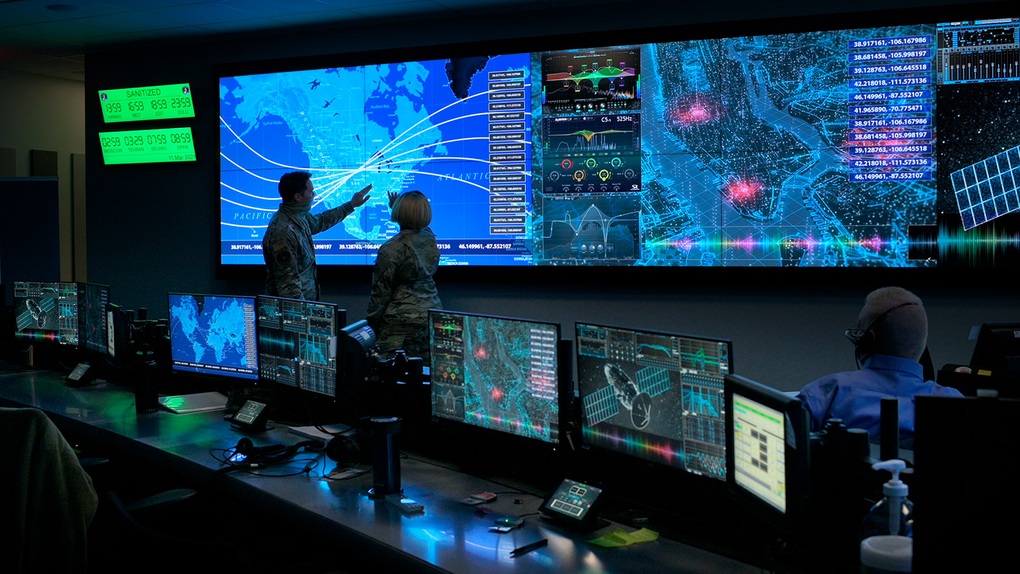
Many countries are integrating AI into military weapons and combat plans (Photo: SP).
Standing out is German startup Helsing, which is researching autonomous underwater drones for large-scale maritime surveillance.
For its part, NATO is exploring software that can crunch massive amounts of data to predict potential conflicts up to six months in advance. Estonian company SensusQ has developed a system that analyzes information from multiple sources to predict future movements and threats, providing a key strategic advantage.
Ethical issues
However, this digital arms race also raises big ethical questions.
The growing use of AI in military operations raises concerns about the risk of misuse, particularly regarding the autonomy of weapons, legal liability in the event of errors, and the risk of escalating conflicts out of control.
On May 12, the United Nations held discussions on the need to regulate weapons using artificial intelligence.
Despite these efforts, a rigorous international framework has yet to be adopted, with major powers such as the United States, Russia, China and India often prioritizing national regulations over global standards.
In the United States, a policy proposal on the responsible use of AI in the military is being developed to define ethical principles, while Australia is analyzing the legal and ethical risks associated with military AI to develop appropriate regulatory plans.
It can be seen that the development of artificial intelligence systems like DeepSeek demonstrates a tectonic shift in the way we perceive, plan, and conduct armed conflicts.
These tools not only allow for increased speed and accuracy, but also significantly expand the range of strategic possibilities.
While this technological revolution promises to optimize military capabilities, it also requires a careful review of ethical and regulatory frameworks to prevent overreach that could lead to catastrophic consequences.
The future of warfare is being written in machine language. DeepSeek is a stunning demonstration of that.
The question now is no longer whether AI will change warfare, but how will society manage this new reality?
Source: https://dantri.com.vn/cong-nghe/trung-quoc-bien-deepseek-thanh-tuong-quan-doi-lap-ke-hoach-chop-nhoang-20250528021755573.htm


![[Photo] Draft documents of the 14th Party Congress reach people at the Commune Cultural Post Offices](https://vphoto.vietnam.vn/thumb/1200x675/vietnam/resource/IMAGE/2025/10/28/1761642182616_du-thao-tai-tinh-hung-yen-4070-5235-jpg.webp)

![[Photo] National Assembly Chairman Tran Thanh Man received a delegation of the Social Democratic Party of Germany](https://vphoto.vietnam.vn/thumb/1200x675/vietnam/resource/IMAGE/2025/10/28/1761652150406_ndo_br_cover-3345-jpg.webp)
![[Photo] Flooding on the right side of the gate, entrance to Hue Citadel](https://vphoto.vietnam.vn/thumb/1200x675/vietnam/resource/IMAGE/2025/10/28/1761660788143_ndo_br_gen-h-z7165069467254-74c71c36d0cb396744b678cec80552f0-2-jpg.webp)









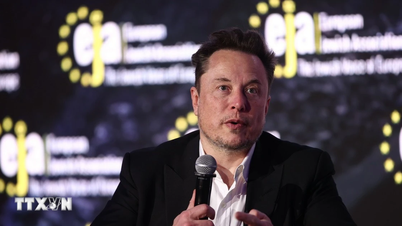












![[Photo] President Luong Cuong attends the 80th Anniversary of the Traditional Day of the Armed Forces of Military Region 3](https://vphoto.vietnam.vn/thumb/1200x675/vietnam/resource/IMAGE/2025/10/28/1761635584312_ndo_br_1-jpg.webp)


















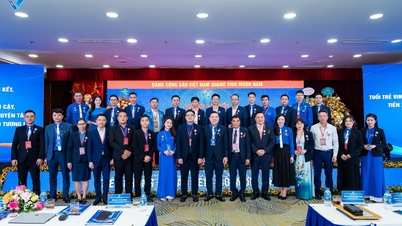

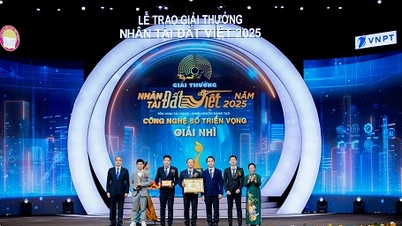
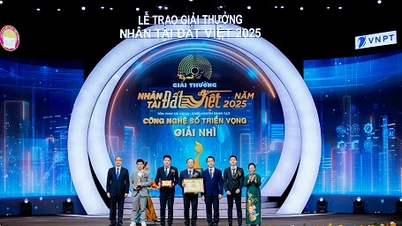

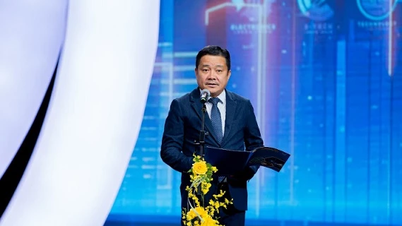










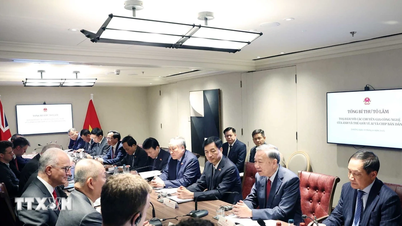







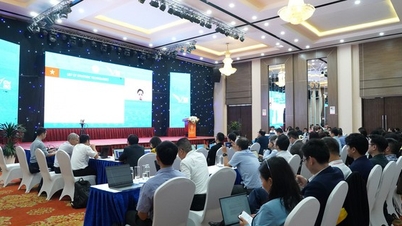


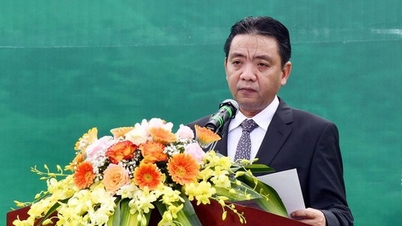



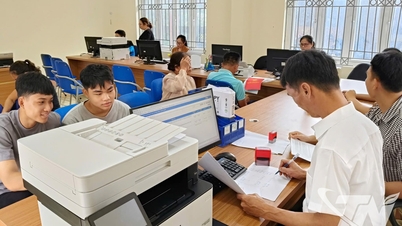






















Comment (0)